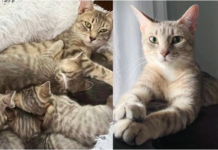Last Updated on July 2, 2021 by Fumipets
Bantam Chickens come in handy when space is a challenge as you can easily fit two bantams into the space required by one standard bird, and since they like to fly, building up will accommodate them well.
Although they are relatively smaller in size, they have an amazing personality.
Today we will examine the lifestyle of bantam chickens, the different types of bantams, care for them, their egg-laying ability, and so many more.
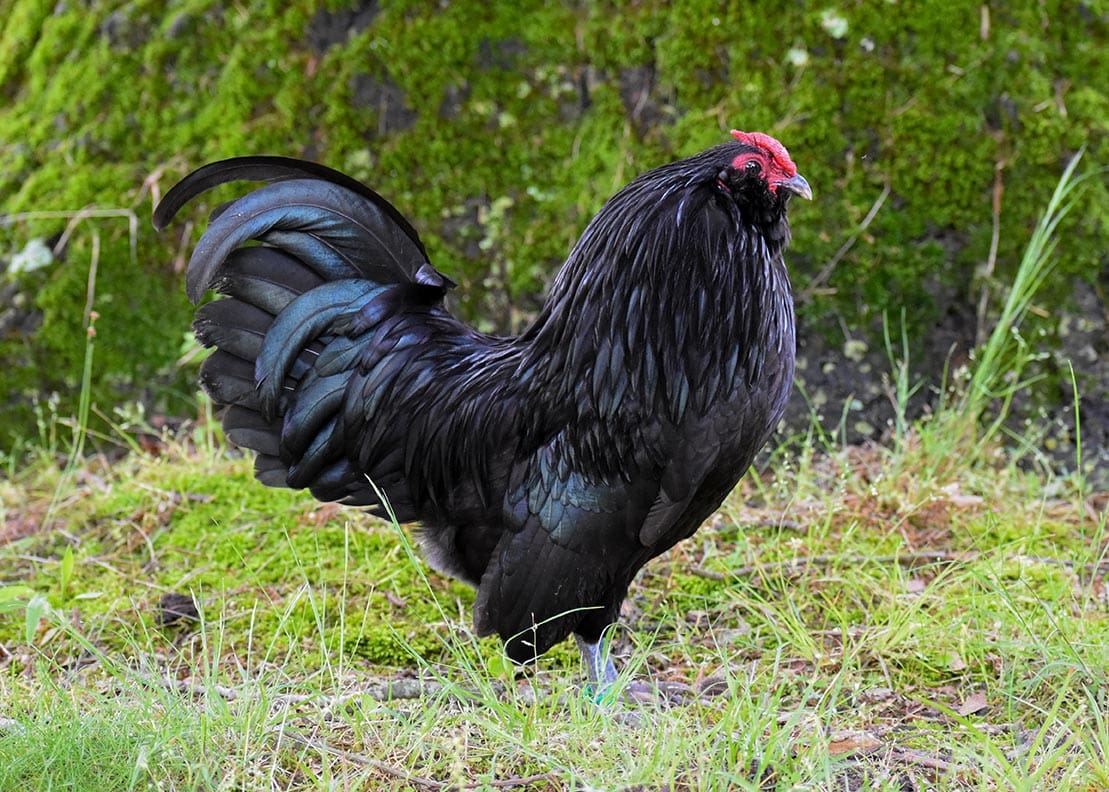
What is a Bantam Chicken?
Simply put, a bantam chicken is a smaller version of the regular chicken. They vary from one-half to two-thirds the size of regular birds.
According to the American Bantam Association, there are over 400 varieties of bantam birds.
The etymology of the word ‘bantam’ is derived from the seaport of Bantan, Indonesia.
It was reported that when sailors stopped in the port to restock fresh food and water supplies, they were fascinated by the local chickens, which were smaller than the chickens they knew back home. The word – Bantan – was corrupted into Bantam in general English, so small chickens became known as bantams.
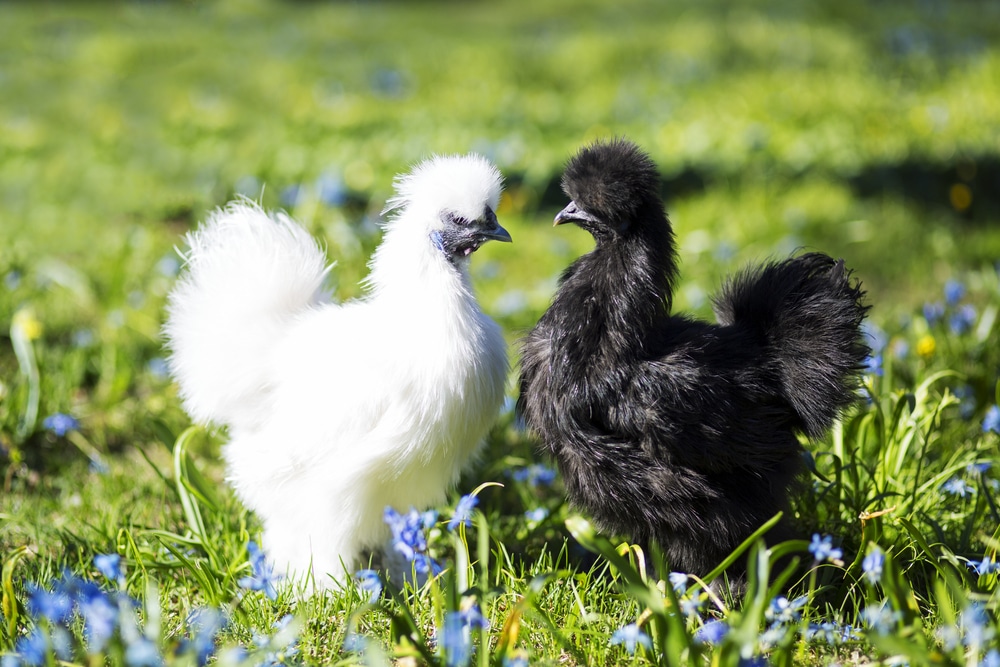
Types of Bantam Chickens
There are three types of bantam chicken.
- Firstly, there are ‘true’ bantams; these have no large fowl counterpart. They are naturally occurring with no input from humanity. Examples of this breed includes Nankin, Sebright, and Rosecomb.
- Secondly, there are Miniaturized bantams made from a standard breed of choices like the Rhode Island Red, Cochin, or Orpingtons.
- And last but not the least are the Developed bantams – these are small breeds that have been further developed with some help from humanity. They have been around for so long that the origins are sketchy at best. Such breeds are Belgian, Pekin (Cochin), and Japanese.
The developed bantam breeds can be a bit puzzling. For instance, the Barbu D’Uccle – has no large fowl counterpart, and is therefore a true bantam. However, the breed was created in 1903 by Belgian scientist, Michael Van Gelder of Uccle, and was created by crossing two (maybe more) bantam breeds, so it is also a developed breed.
To avoid confusion among folks, the variance between miniaturized and developed bantams is usually disregarded, with many people saying there are only two types of bantam – this claim is however disputed!
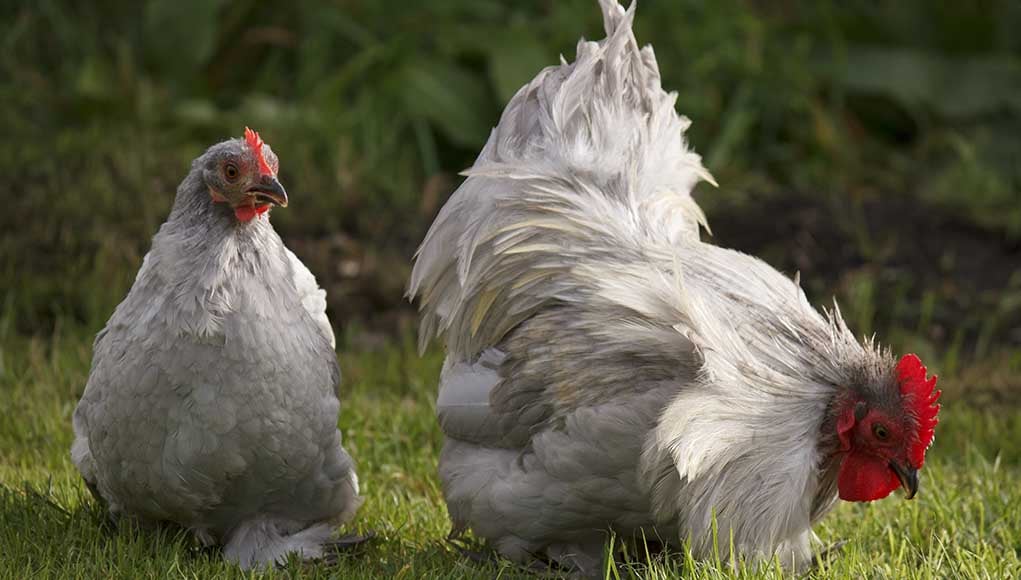
Taking Care of Bantams
More often than not, bantams do not generally require anything different from other standard breeds.
Because they are small and they have a higher metabolic rate, several of these miniature birds usually feel cold more than larger hens. Japanese and Dutch bantams are particularly noted for not being cold tolerant.
The general requirements for housing are the same; dry and draft proof. All poultry require housing that is suited for the number of birds that will be living in it.
Normally, large fowls need at least 4 square feet of coop space and 8 square feet of run/ per bird. Bantams require a little less space. Several experts assert that but 2sq.ft is preferred in the coop with 4sq.ft in the run.
Bantams require a lot less room than their larger counterparts! If you can provide lots of perches at different heights, maybe even a small tree and some bushes, they will make judicious use of them.
Needless to add that they need the appropriate food and water. Supplements would include vitamin/electrolyte powder monthly, grit and calcium, plus any appropriate scraps for them.
In terms of feed consumption, a bantam will eat roughly 450g feed/month – Saving you a lot of money in the long run.
Bantams are also flyers! If your plan is to keep them in a coop, make sure they have high perches and places they can fly up to whenever they feel like. If you wish to keep them confined to that area, the run will need to be covered. This will also prevent predation by hawks or owls.
If you decide to put your bantams together with standard breeds, make sure they aren’t getting picked on because of their size.
The general life expectancy is about 5 to 7 years although they can live up to 10-15 years if properly catered for.
Special Care for Bantams
Several breeds of bantam are feather-legged or ‘sablepoots’.
These special type of birds needs their pens to be relatively mud/muck-free. Else, their foot feathers will get incredibly crusted and dirty.
Adjusting the base of the run can be fairly straightforward. If it is prone to muddiness, adding pebbles or construction sand to the area might be helpful.
When the area is dry enough, try seeding with grass, plant a couple of shrubs if you have space to.
In the early spring, adding two or three large buckets of mulch to the area around the doors, might be helpful. This stuff will break down nicely, provide some ‘scratch worthy’ dirt, and keep feet a bit cleaner.
If the feet get crusted with dirt and poop, a foot bath is required. Standing the bird in warm water and gently working at the feathers can be relaxing for both the bird and you.
Remember, these are small birds, so it shouldn’t become a wrestling match as it sometimes does with the standard birds!
The foot feathers can also get broken fairly easily and cause a good deal of bleeding. The good news is that with some baking powder or styptic and some firm pressure on the area, the bleeding will stop.
Feather footed birds are also prone to scaly leg mites. These little pests can set up shop quickly and remain undetected for some time because of the feathering.
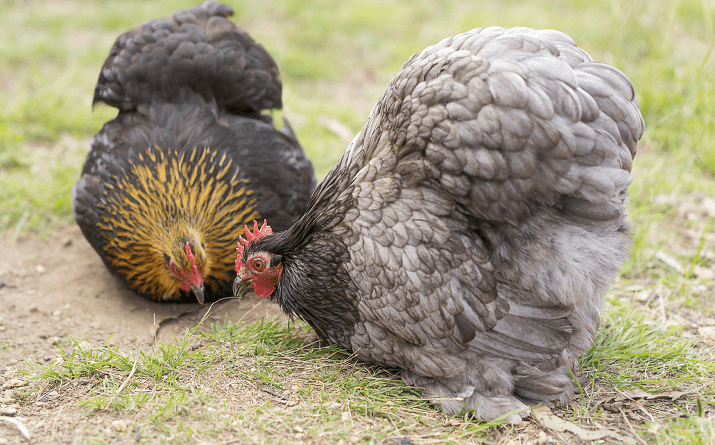
Egg Production, Broodiness, and Disposition
Expectedly, Bantam eggs are smaller than standard eggs, about half the size of standard eggs. The ratio for using them in cooking is 3 bantam eggs for every 2 standard eggs.
Bantams are not so great when it comes to laying eggs. They take about eight months before they begin to lay, but they are usually quite consistent afterwards.
It is noteworthy that Bantams of standard fowls tend to lay slightly larger eggs and are more prolific than the true bantams.
Some become broody, others do not, but the broodies defend their eggs and chicks fiercely, and they make great mothers – not even standard hens will mess with a bantam broody! Many folks keep one or two bantam broodies to hatch out their standard eggs because they are reliable. Apparently, a bantam cannot cover as many eggs, but that doesn’t mean they won’t try!
They mostly have a nice temperament and are friendly to humans and chickens alike. Roosters can be sweet, but some can also be a bit aggressive, especially during the mating season.
Bantams mixed with regular-sized breeds must fight for their place in the pecking order from the brooder box. Bantam chicks are petite, but not all are concerned with their size, nor do they even know they are small. Bantams can be extremely bold, and sometimes flighty, birds, depending on the breed.
Adding new bantams to a coop full of established standard chickens will sure lead to a disaster. You may have been able to add chickens of the same size to an established coop, and the birds work things out pretty quickly. On the other hand, a bantam may not be able to fight back, and the larger birds may trample it, peck it, or prevent it from getting fed.
So if you’d like to add bantams to your flock, consider keeping a separate flock of your new miniature birds so they can establish their own pecking order.
Summary
If you’re looking to experiment with something beyond the regular, Bantams are perfect for you.
There is a large variety to choose from, whether you want a ‘mille fleur,’ speckled, barred, or plain – there is always a Bantam to suit your taste.
They are always interesting to watch, with some varieties such as the Barbu D’Uccles you can have whole conversations with!
They are joyful, curious, and entertaining creatures. A special breed with no equal!
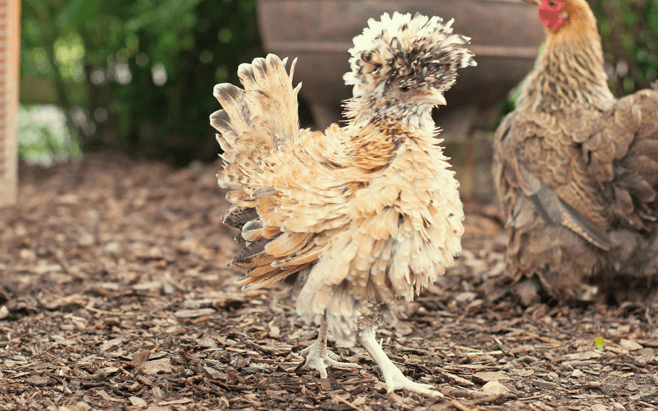
The Bantam Chart
| Breed | Eggs laid per year | Egg color | Good for families? | True bantam? |
| Belgian Bantam | 150 | Off white | Yes | Yes |
| Pekin | 80 | Cream | Yes | No |
| Barbu d’Uccle | 200 | Cream | Yes | Yes |
| Araucana | 280 | Blue | Yes | No |
| Naked Neck | 200 | Brown | Yes | No |
| Dutch Bantam | 200 | Cream | Yes, but needs consistent handling | Yes |
| Frizzle | 200 | Brown or white | Yes | No |
| Japanese Bantam | 50 | Cream | Yes | Yes |
| Brahma | 200+ | Brown | Yes | No |
| Sebright | 80 | White | Possibly – roosters can be territorial | Yes |
| Silkie | 100 | Cream | Yes | Yes |
| Serama | 160 | Cream | Yes | Yes |
| Polish | 150 | Cream | Yes | Yes |
| Easter Egger | 300 | Brown, blue, green, or pink | Yes | No |
| Cochin | 200+ | Brown | Yes | No |





